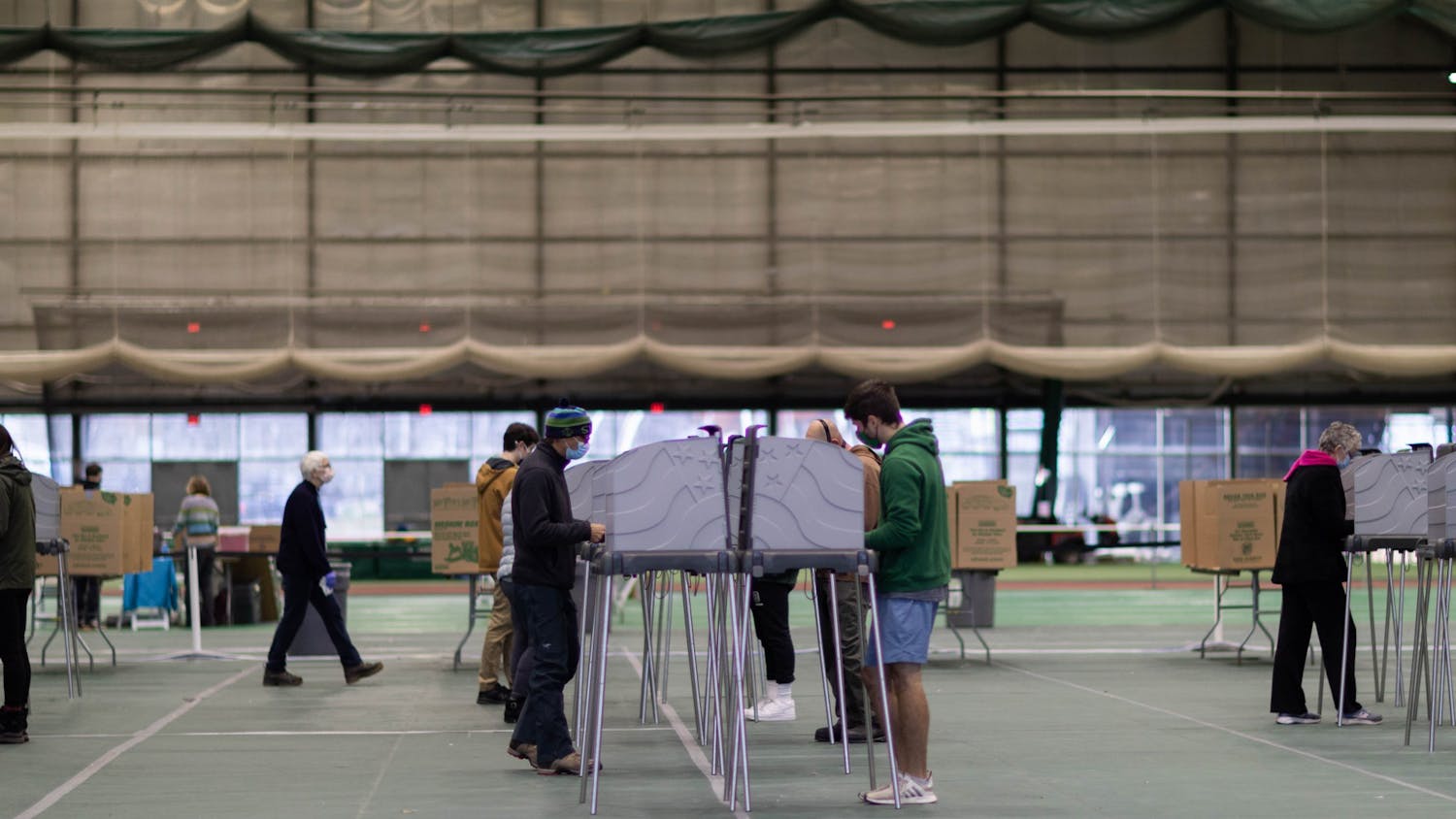Since the world shut down back in March, most of us, myself included, have been anticipating the end of the pandemic and hoping to get back to our regular lives. And with recent news of the apparently successful Pfizer vaccine, many of us have grown even more fixated on ending this crisis. However, with so much time devoted to predicting the end of the pandemic, its causes are often overlooked. Our society made choices that allowed this pandemic to occur, and we need to evaluate them so that we can avoid similar disasters in the future.
Just last year, the U.S. government conducted a pandemic simulation, termed “Crimson Contagion,” that analyzed the government’s ability to respond to the spread of a respiratory virus originating in China. The simulation predicted that the U.S. would lack the funds, organization and preparedness to stop a pandemic. We had, and still have, inadequate health care infrastructure to support the number of sick people that a pandemic produces. But instead of taking preventative actions and directing more funding into our health care system, the simulation report was marked as a draft that was not intended for distribution. A final report was never made.
Then in January 2020, President Donald Trump was briefed on COVID-19. The president did not prepare the country for a pandemic by manufacturing and distributing more health care equipment, preparing for widespread testing or cautioning Americans on what was coming and how they should behave. Instead, the president dismissed the virus’s capabilities and played down its threat.
The U.S. had ample opportunity to prepare for and limit the impact of a pandemic. Instead, the government decided to continue its lackluster mode of operation. Nearly a quarter-million Americans have died due to COVID-19. But if the American government had acted earlier — as countries including South Korea, Singapore and Germany did — as many as 70 to 99 percent of them could have been saved.
As the pandemic has shown, the American health care system needs serious reform. Public health infrastructure in the United States has been underfunded for years. When the pandemic first struck, this resulted in hospitals lacking personal protective equipment for their employees and medical equipment to treat all their patients. Agencies like the Centers for Disease Control and Prevention had recently seen their funding slashed, which resulted in hundreds of positions left unfilled at the start of the pandemic. This all led to a lack of testing — which has only recently begun to be remedied — and contract tracing, which was abandoned early on. If the U.S. had put adequate money into the health care system to resolve these issues, we could have had adequate equipment, widespread testing and contract tracing. Hundreds of thousands of lives could have been saved, and many people could have avoided contracting the virus in the first place.
Beyond being underfunded, the U.S. health care system is also inaccessible to many Americans. Even prior to the pandemic, 30 million people had no health coverage and 44 million more were underinsured. Even for people who can afford medical treatment, surprise medical bills often take thousands or hundreds of thousands out of their pockets. The pandemic has only exacerbated these issues. People of lower socioeconomic status and minorities have been disproportionately impacted by the virus. Black and Hispanic populations in the U.S. have been especially hard hit. The U.S. government should take steps to transform the health care system from a private enterprise to a public good. This would not only guarantee all Americans the human right of available health care, but it would also improve public health, prevent medical bankruptcies and save lives. Instituting this prior to the pandemic would have not only reduced transmission and saved lives, it would also have reduced inequality in the impact of COVID-19.
Regardless of how we move forward, we cannot treat this pandemic as a fluke or a mishap. The pandemic was not an unstoppable force; it grew to this point because of our own actions. Approximately $2.59 trillion has been allocated for federal agencies to respond to the pandemic so far, but preparing for a potential pandemic earlier would certainly have cost less. We have to start making decisions that prioritize the impending disasters of the future; instead of operating under a mode of damage control, we need to adopt a strategy of damage prevention. When the end of this pandemic does come, we should remember how it started and how it could have been avoided — if we do not, we will end up here again.



